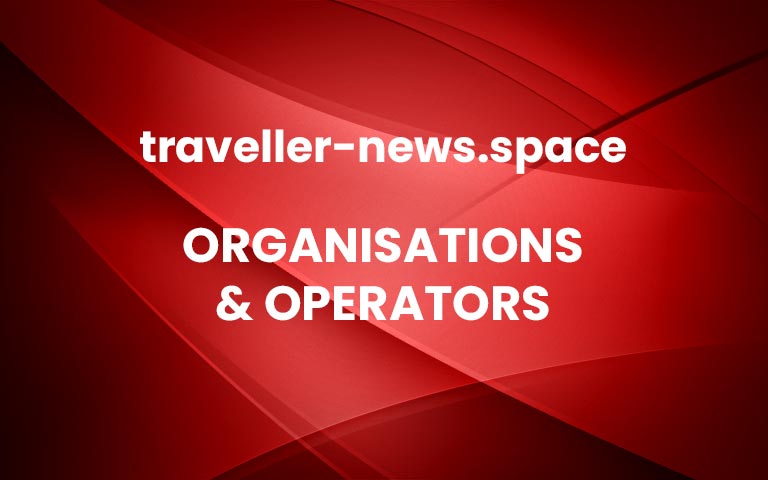Charleston International Airport Secures Historic First Nonstop Flight to Mexico with Breeze Airways
Breeze Airways is expanding its footprint by launching its first-ever international route, connecting Charleston International Airport directly to Cancun, Mexico. Starting January 17, 2026, the “Seriously Nice” airline will offer weekly nonstop flights, marking a milestone for both Breeze and Charleston International, which will see its first nonstop service to the Caribbean. The new connection […] More


